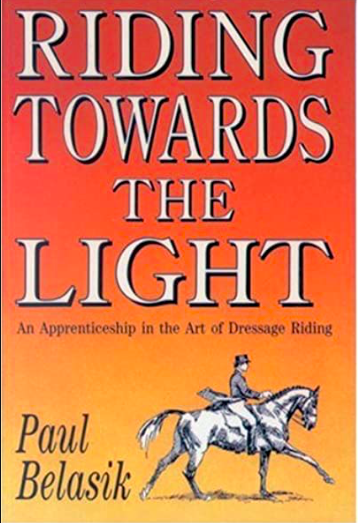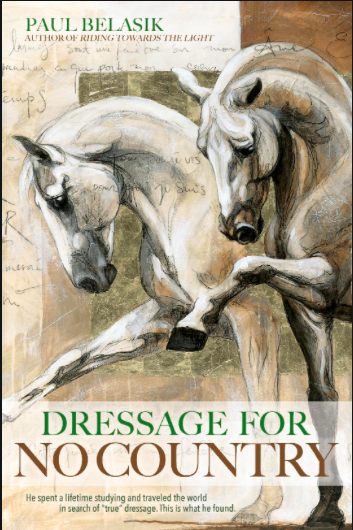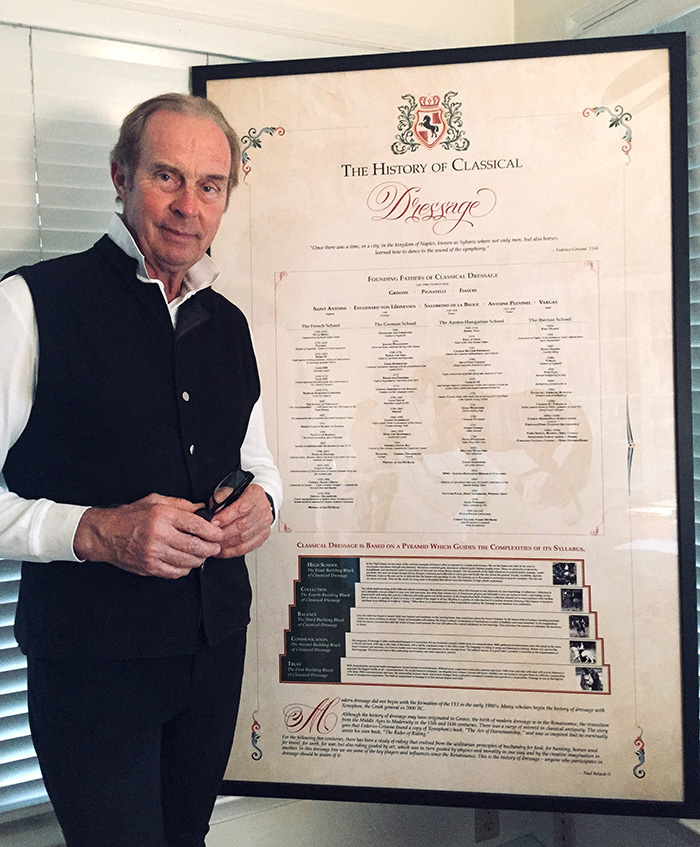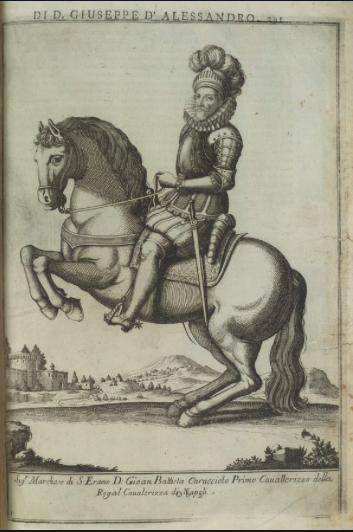Paul Belasik has done more than any other writer in the English language to open the minds of dressage riders everywhere, to the tradition in which they ride and train, and more than that, brings a modern sensibility to critique even the great masters and to apply elements of zen and martial arts philosophy to riding. His journey has so far produced seven books:

- Riding towards the light: an apprenticeship in the art of dressage riding: J.A. Allen (1990)
- Exploring dressage technique: journeys into the art of classical riding: J.A. Allen (1994)
- The songs of horses: Seven stories for riding teachers and students: J.A. Allen (1999)
- The Essential Paul Belasik: Trafalgar Square (2001) (compilation volume of Riding Towards the Light, Exploring Dressage Technique, and The Songs of Horses)
- Dressage for the 21st century: Trafalgar Square (2002)
- A search for collection: science and art in riding: J. A. Allen (2009)
- Dressage for No Country (2019)

Paul is always thinking outside the square, looking for new ways to present the principles of civilised riding, his latest project is a wonderful wall poster outlining the lineage and heritage of the dressage tradition(s). Over the next ten or so days we will be publishing a series of articles that illuminate the poster, but first, he has written us an introduction to this his latest project…
An approach to the History of Dressage by Paul Belasik
“Once there was a time, in a city, in the kingdom of Naples, known as Sybaris where not only men, but also horses learned how to dance to the sound of the symphony.”
-Frederico Grisone, 1550
Modern dressage did not begin with the formation of the FEI in the early 1900’s. Many scholars begin the history of dressage with Xenophon, the Greek general in 2000 BC.
For me, the birth of modern dressage is in the Renaissance, the transition from the Middle Ages to Modernity in the 15thand 16th centuries. There was a surge of interest in classical antiquity. The story goes that Frederico Grisone found a copy of Xenophon’s book, “The Art of Horsemanship,” and was so inspired that he eventually wrote his own book, “The Rules of Riding.”
For the following five centuries, there has been a study of riding that evolved from the utilitarian principles of husbandry for food, for hunting, horses used for travel, for work, for war, but also riding guided by art, which was in turn guided by physics and morality in one way and by the creative imagination in another. I made this dressage tree to try to illuminate the history of classical riding. It was not meant to be an exhaustive historical document. In this dressage tree we see some of the key players and influences since the Renaissance. This is the history of dressage – anyone who participates in dressage should be aware of it. It is our family tree.
Classical dressage is based on a pyramid which guides the complexities of its syllabus. I feel that there are other systems and pyramids, but they are straying away from the core principles of classical dressage.

THE POSTER:
On a single page, Paul Belasik has presented a beautiful, frameable poster that should hang in every dressage stable. It is a synopsis of dressage history from the Renaissance to modernity.
The genealogy of five centuries of different national schools is a telescope into the past, and illuminates some of the outstanding contributors to classical dressage around the world.
The training scale that is included codifies the universal collaboration that overcame national rivalries and prepared a masterful body of evidence on how to train a dressage horse that can guide any thinking rider toward the future.
A Short Interview With Paul about the Creation of the Poster
Q: Paul, I’ve talked to several people who have seen your poster and said they were amazed – they had never seen this much information on a single page. What was the spark behind creating this poster?
A: My intention was to make a simple and attractive guide. It was not meant to be an exhaustive historical treatise, but more a brief homage to a long river of cumulative evidence that people like to forget.
Q: Why have you clearly gone out of your way to include a classical training scale?
A: When any training system seems to appear with no acknowledgement of sources, no footnotes or references, it has to be suspect. How can it stand alone and ignore the past? These particular principles have stood the test of time. They are repeatable and bear the results of good dressage.
I have long felt that the universal principles of the classical system have not been clearly illuminated. They get lost in different nationalisms when in fact the scale I show here came first, and the nations came second. There have been and continue to be many systems of training. How popular they are is often a result of the power of the organizations promoting them, or the charisma of the particular promoter. Are they promoting dressage or are they self-promoting?
Q: Why is this history so important?
A: It’s not a particular training system that is important. They float in and out like boats on a river. What is important is the river that carries them, that graciously allows the pomposity of some and carries away the debris of others. What the classical scale does is it listens to all of history and like the river guides the sounds ones forward to keep them available to others who come later. The longevity of the classical riding is its own proof that it is repeatable and universal.
In our next instalment we will examine:
Trust: The First Building Block of Classical Dressage
If you would like to order the poster, https://paulbelasik.com/index.php/product/the-classical-training-scale-and-history-poster/



One thought on “Paul Belasik charts the heritage of dressage…”
Comments are closed.